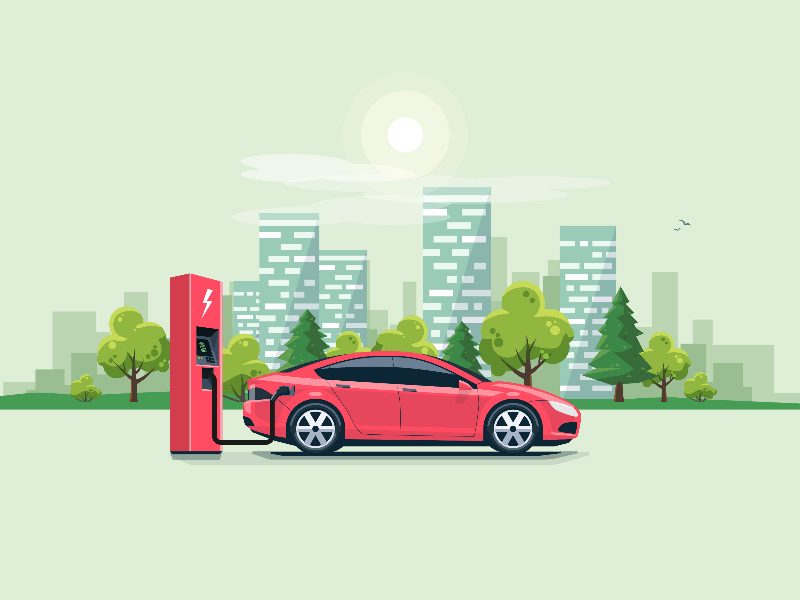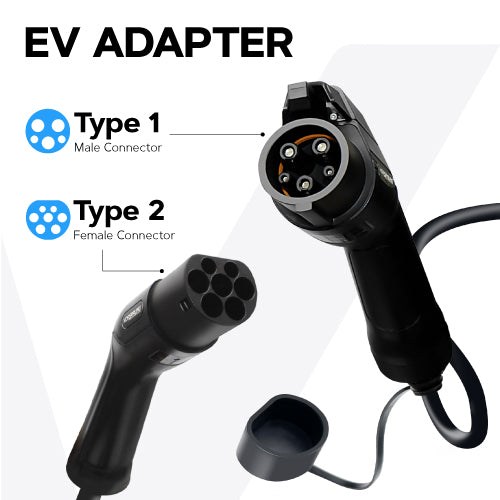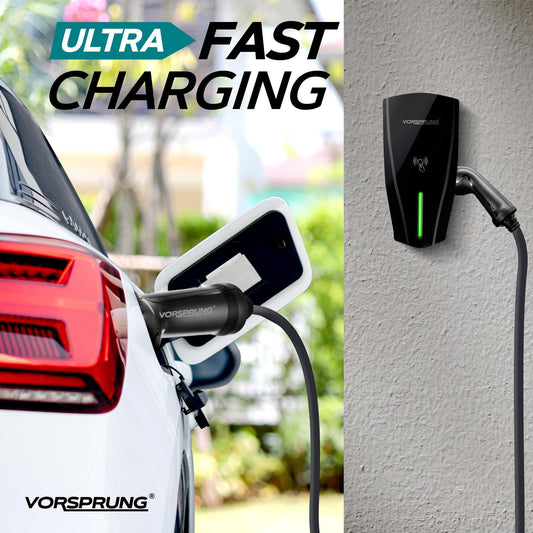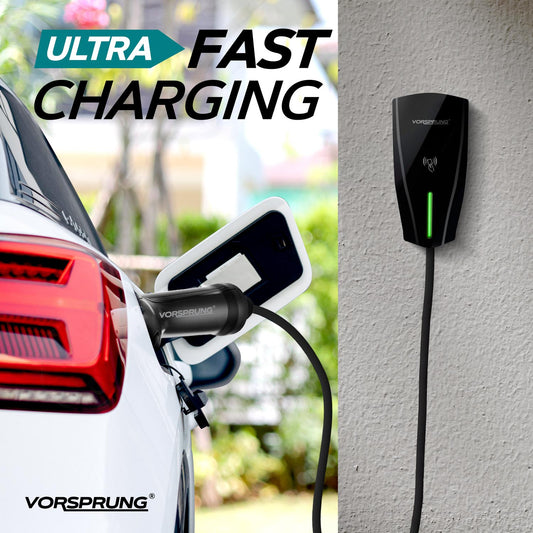
National Grid Experiments with Vehicle-to-Grid Scheme to Alleviate Grid Pressure
Share
As the number of electric vehicles (EVs) on the road increases, so does the pressure on the electricity grid. This is because EVs typically charge at home during peak hours, when demand for electricity is already high.
To help alleviate this pressure, the National Grid is experimenting with a new scheme called vehicle-to-grid (V2G). V2G allows EV owners to use their car batteries to store and discharge electricity. During peak hours, when demand for electricity is high, EV owners can sell their excess electricity back to the grid. This can help to balance the grid and reduce the need for new power plants.
How V2G Works
V2G works by using a special charger that allows EV owners to connect their car to the grid. When the car is not in use, the battery can be used to store electricity. During peak hours, when demand for electricity is high, the battery can be discharged back into the grid.
The National Grid is currently running a trial of V2G with 135 households in the UK. Participants in the trial are being paid 60p per hour for every kilowatt hour of electricity they supply to the grid during peak hours. The trial is expected to run for two years.
Potential Benefits of V2G
V2G has the potential to provide a number of benefits, including:
- Alleviating grid pressure: V2G can help to alleviate grid pressure by balancing the demand for electricity.
- Reducing emissions: V2G can help to reduce emissions by reducing the need for new power plants.
- Creating new revenue streams: EV owners can earn money by selling their excess electricity back to the grid.
- Improving grid resilience: V2G can help to improve grid resilience by providing a backup source of electricity during emergencies.
Conclusion
The National Grid's V2G trial is a promising development that could help to make the UK's electricity grid more sustainable. If the trial is successful, it could be rolled out to more households in the future.






